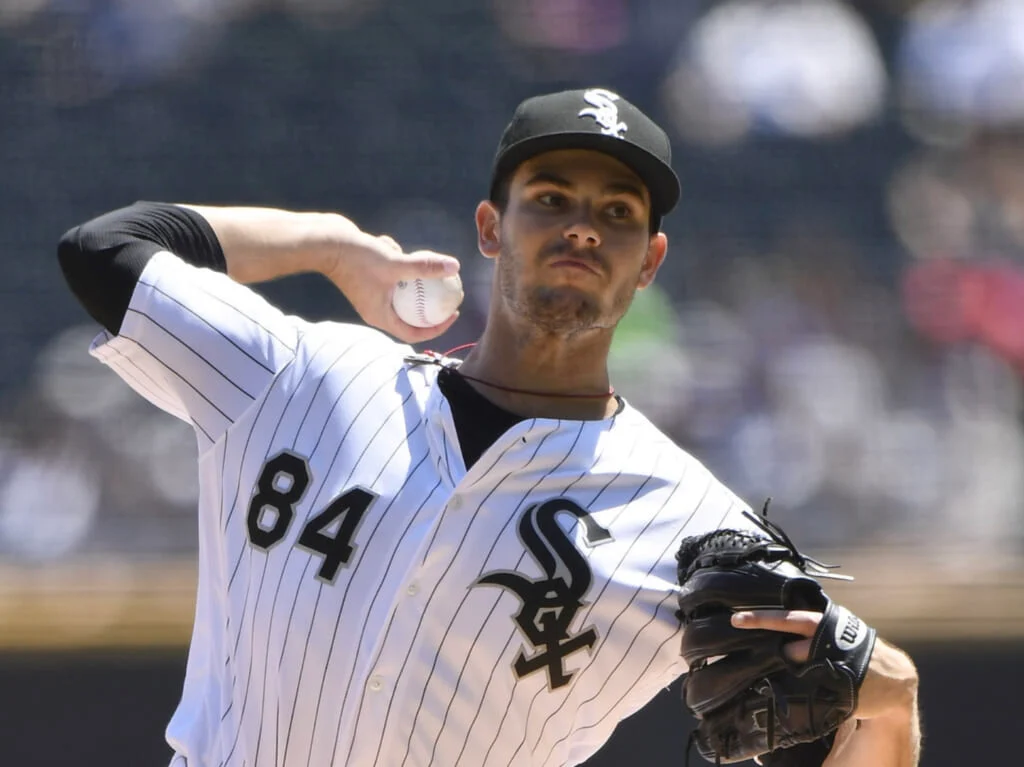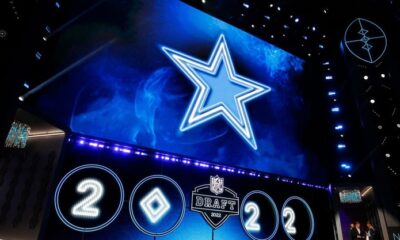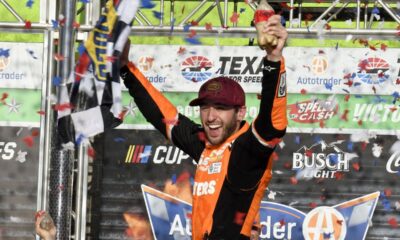
The current CBA has been in place for less than ten months, but the players are in a much better position than last year.
After one season, the CBA seems to be benefitting both players and ownership. The two sides agreed to a new Collective Bargaining Agreement last March, ending a lockout after months of inaction. Despite the unusual offseason and late start to Spring Training, the 2022 season was highly successful by all accounts. Every team played 162 games, the postseason was extremely exciting, and there were no COVID-19 outbreaks in clubhouses. It was also an extremely profitable season, with fans in the stands on Opening Day and no seating restrictions.
Most of those elements have little to do with the CBA, but the state of the league is in a great spot. The union and ownership are both making more money than this time last year, and it is worth going over how.
Rising Salaries
You won’t recognize this on the field or in contract negotiations, but the most important part of the new CBA is higher earnings for younger players. The minimum salary jumped from $570,500 to $700,000 for the 2022 season, a record increase. The figure will be $720,000 in 2023. With teams placing high value on club control, more and more Major Leaguers make the minimum salary.
In a similar vein, more production comes from younger players as we witness a generation of superstars in their early twenties. To that end, the new CBA includes a bonus pool of $50M which goes to the 100 best players making close to the minimum. Dylan Cease made the most this year, taking home over $2.4M, which more than tripled his salary. The top ten earners include top performers and award winners such as Yordan Alvarez and Adley Rutschman, showing the money is indeed going to the worthiest players.
In addition, the lowest tier of the competitive balance tax bumped up from $210M to $230M, and now it sits at $233M. For teams unwilling to go past the first threshold, this gives them more room to spend on players, and in turn players make more money. As we have seen this offseason, free agents are raking in unprecedented amounts, though only some of that directly connects to the CBT tiers. More teams are willing to pay a tax now after a hugely profitable season, and the Mets have infamously smashed the new fourth tier. The CBT does not seem to be as much of a salary cap as it was in previous seasons.
Calling Up the Rookies
2022 was another outstanding year for rookie stars, with the super talented and super young Julio Rodriguez and Michael Harris winning Rookie of the Year. J-Rod made the Mariners’ Opening Day roster, and the team was rewarded for the decision in more ways than one. Beyond the excellent performance of Rodriguez, the team will also receive a draft pick. Due to union concerns about service time manipulation, the MLBPA and the owners agreed to an incentive-based system to promote top prospects sooner.
If a team calls up a Top 100 prospect to the Opening Day roster and that player finished in the top two for ROTY or top three in Cy Young or MVP voting during their pre-arbitration years, that team gets a bonus pick after the first round. Secondly, a player finishing in the top two for ROTY gets credit for a full year of service time regardless of when they debuted. That means Rutschman has one full year despite debuting in May.
The Prospect Promotion Incentive is a compromise, but it has already benefited both sides. Teams are rewarded for rostering their best players, and players are rewarded for playing their best.
Playoffs, Playoffs, and More Playoffs
Owners won the ability to sell advertisements on uniforms, but their biggest victory in the CBA negotiations makes them even more money. The playoff field expanded from ten to twelve teams, and the Wild Card round in turn increased dramatically. Instead of one game in each league, there are now four total best-of-three series.
While some fans were/are understandably angry about lessening the importance of the regular season, the playoffs were more exciting than ever. Four playoff games in one day had a real tournament feel to them. There was nonstop baseball from the early afternoon well into the night, much like college basketball in March.
To maintain a competitive advantage, the two highest seeds received byes to the Division Series, while seeds three and four hosted every Wild Card game. The byes did not seem to help, as better teams looked rusty rather than rested, but one year is not enough time to draw conclusions. The main takeaway every postseason is that anything can happen in a small number of games. Hopefully 2023 will bring another memorable month of October baseball.
Related

Featured Articles
-


Features
/ 10 hours agoWho should the Cowboys select in Round 1 of the 2024 NFL Draft?
This year’s 2024 draft is loaded with offensive tackle and wide receiver talent which...
-


Features
/ 22 hours agoA Texas Sized Victory for Chase Elliott
Here we go again, for the second time in four races, NASCAR is back...
By Jacob Barker -


NCAA
/ 1 day agoTrinity’s 2024 Newsletter: 2024 WNBA Draft Recap
Outside of the assumption that Caitlin Clark would be picked first in the 2024...
By Trinity Rea -


Features
/ 2 days agoThe Young Cavaliers: Darius Garland
Continuing a series looking at the contributions and growth of the Cleveland Cavalier’s young...
By Patrick Yen



